Global warming isn’t just a buzzword anymore—it’s an unfolding reality that is reshaping ecosystems and altering life on Earth. As temperatures surge, the ripple effect is being felt in every corner of the natural world, leading to surprising and often tragic consequences for wildlife. While climate change impacts are varied and complex, one clear indicator is the mysterious deaths of animals worldwide. Let’s delve into some of these perplexing occurrences and uncover how rising global temperatures may be at the heart of these mysteries.
1. Penguins Stranded by Melting Ice Shelves
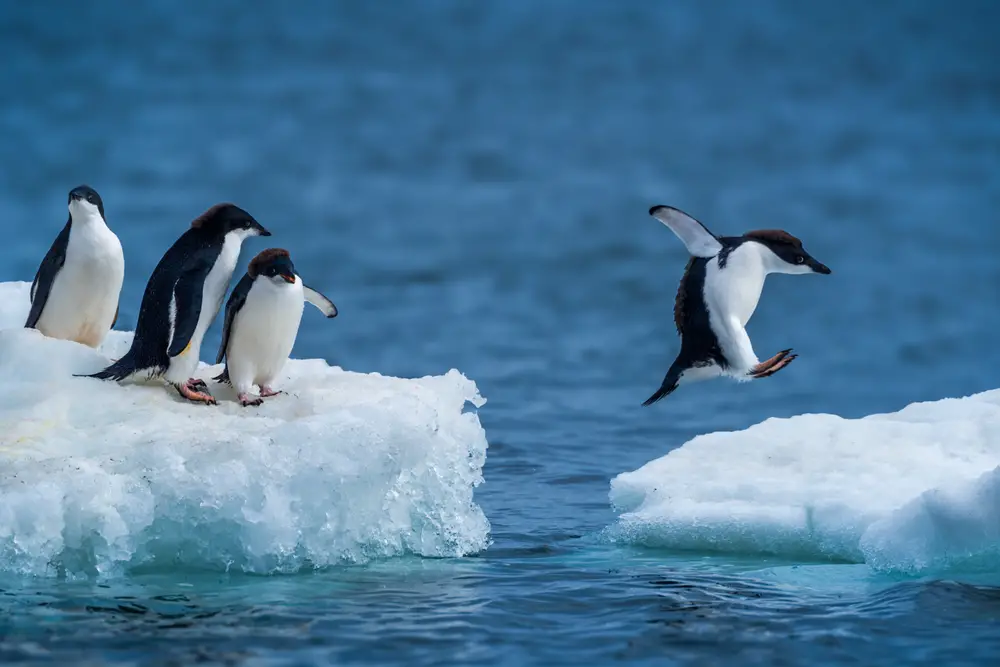
In recent years, penguins have been facing an unprecedented challenge as their icy habitats diminish. According to a report by the National Geographic, the melting ice shelves in Antarctica are leaving colonies stranded, making it difficult for them to access food sources. The reduction in sea ice means these adorable flightless birds must travel further to find food, often leading to exhaustion and, in some cases, death. This increased distance also leaves penguins more exposed to predators, adding another layer of danger to their survival.
Beyond the immediate threat of starvation, the loss of ice affects the entire ecosystem. Krill, a primary food source for penguins, rely on sea ice for breeding. With less ice, krill populations are dwindling, further exacerbating the food shortage for penguins and other marine life. This domino effect illustrates the intricate link between climate change and biodiversity loss. As temperatures continue to rise, the future for penguins and many other species looks increasingly uncertain.
2. Coral Bleaching and Fish Mortality
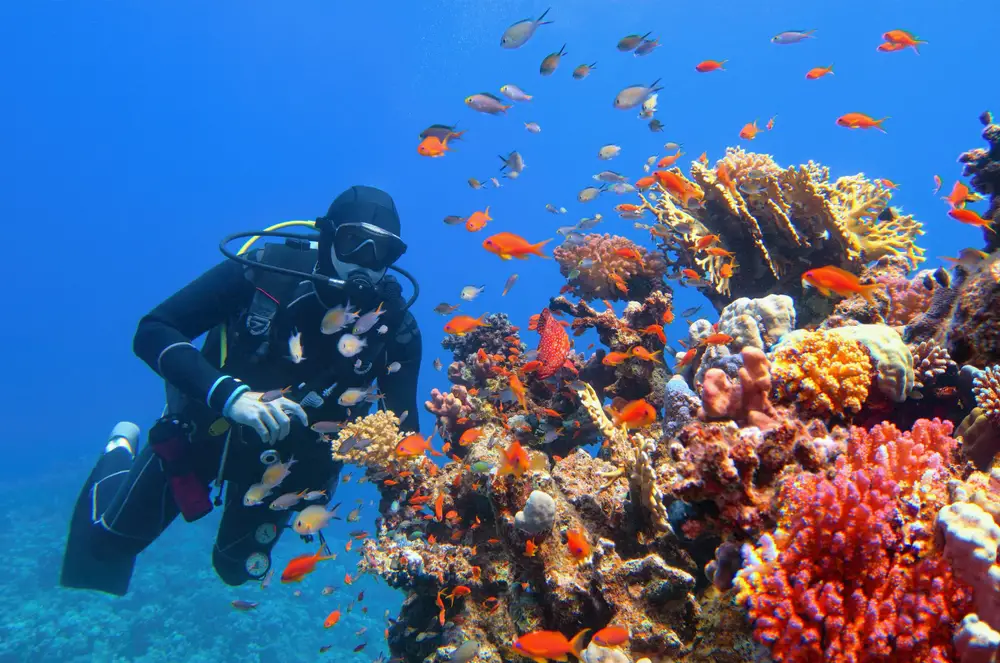
Coral reefs, often described as the “rainforests of the sea,” are facing significant threats due to rising ocean temperatures. The phenomenon of coral bleaching occurs when corals, stressed by warm waters, expel the algae living in their tissues, causing the reefs to turn white and, if prolonged, die. This has a profound impact on marine life, particularly fish species that rely on these vibrant underwater ecosystems for shelter and food. Without the coral to provide structure and sustenance, fish populations are dwindling, leading to unexplained deaths in areas previously teeming with life.
The plight of corals and their resident species highlights the far-reaching implications of climate change. The loss of fish not only affects biodiversity but also has socio-economic impacts on communities that depend on fishing for their livelihoods. Efforts are being made to understand and mitigate the effects of coral bleaching, but time is of the essence. As the oceans warm, the urgency to address these environmental challenges becomes more pressing each day.
3. Starving Polar Bears and the Shrinking Arctic
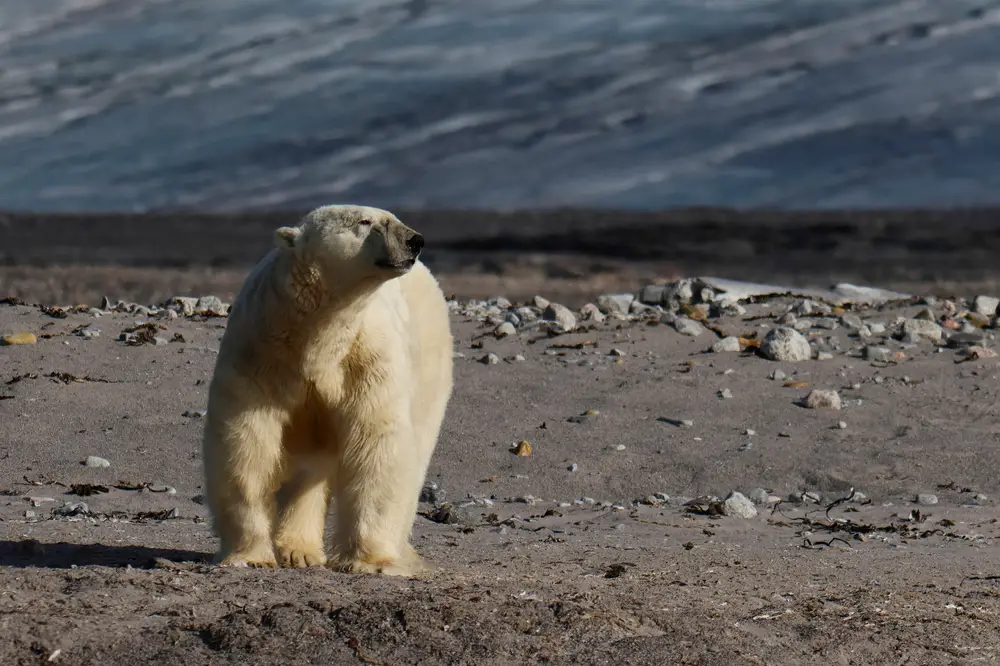
As the Arctic ice continues to recede, polar bears find themselves in a precarious situation, facing starvation and death. The diminishing ice forces these majestic creatures to travel greater distances in search of food, primarily seals. WWF reports that as ice-free periods extend, polar bears have less access to their prey, leading to malnutrition and declining birth rates. This nutritional stress is evidenced by the increasing number of emaciated bears observed across the Arctic.
The health of the polar bear population serves as a clear indicator of the broader ecological changes occurring in the Arctic. As apex predators, their decline signals a disruption in the food chain that could have cascading effects on the entire ecosystem. The loss of sea ice not only threatens polar bears but also impacts indigenous communities who rely on them for cultural and subsistence purposes. Addressing climate change isn’t just about preserving wildlife; it’s about supporting the intricate web of life that spans cultures and continents.
4. Monarch Butterflies’ Migration Disruption

Monarch butterflies are known for their incredible migration journey across North America, but rising temperatures are wreaking havoc on their delicate life cycle. Warmer climates can disturb the timing of their migration, leading to mismatches between when butterflies arrive and when milkweed—their essential breeding plant—is available. This disruption can lead to increased mortality as the butterflies struggle to find suitable sites for laying eggs. Additionally, extreme weather events, exacerbated by climate change, have been known to destroy massive numbers of these fragile insects.
The decline in monarch butterfly populations is a distressing sign of broader environmental shifts. These insects play a crucial role in pollination, and their loss would have significant repercussions for plant biodiversity. Efforts are underway to conserve their habitats, but rising temperatures continue to pose a formidable challenge. Understanding and mitigating these impacts is vital to ensuring that monarchs can continue their remarkable migration for generations to come.
5. Sea Turtles and the Gender Imbalance
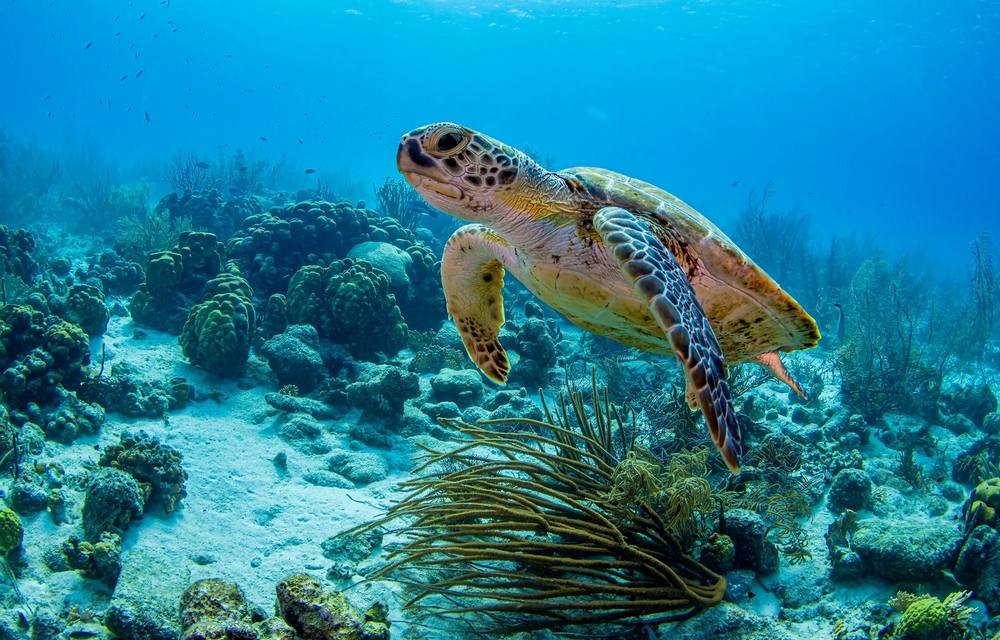
Sea turtles are facing a peculiar threat linked to rising temperatures: a skewed gender ratio. The temperature of the sand where turtle eggs incubate determines the sex of hatchlings, and warmer sands are leading to more females being born. This imbalance could have long-term consequences for turtle populations, as fewer males could lead to decreased genetic diversity and reproduction rates. In some locations, nearly all hatchlings are female, a worrying trend that threatens future generations of these ancient mariners.
Beyond the immediate gender imbalance, rising temperatures also affect sea turtle nesting sites. Higher temperatures can lead to increased mortality rates of eggs, either through desiccation or when nests are inundated by rising sea levels. Conservation efforts are being directed toward shading nests and relocating eggs to cooler areas, but these are stopgap measures. As global temperatures continue to climb, the need for comprehensive strategies to protect vulnerable species like sea turtles becomes ever more pressing.
6. Heatwaves Threaten Bat Colonies
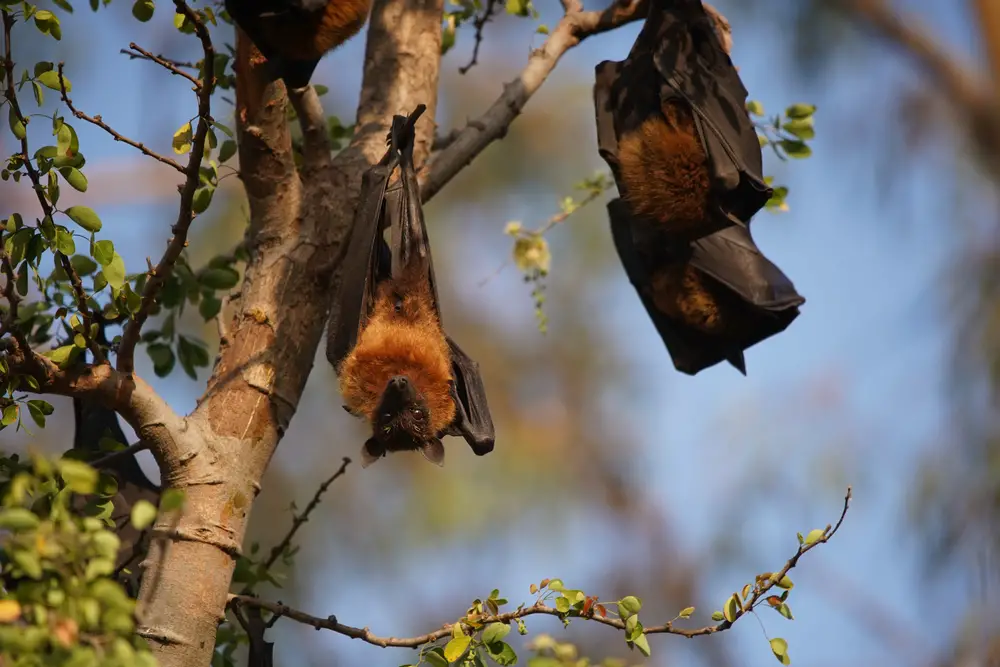
Bats are experiencing increased mortality rates due to extreme heat events, particularly in regions like Australia. These heatwaves can push temperatures beyond the bats’ physiological limits, leading to mass die-offs. Baby bats are especially vulnerable, as they may be unable to regulate their body temperature effectively. The loss of bat colonies has broader ecological implications, as these creatures are vital for pest control and pollination.
The impact of heatwaves on bat populations highlights the broader challenges faced by wildlife in a warming world. As key pollinators and pest controllers, bats contribute significantly to both natural ecosystems and agriculture. Their decline could lead to increased pest populations and reduced crop yields, affecting food security. Addressing the root causes of climate change is essential to preserving these and other vital species for future generations.
7. Mountain Goats and the Vanishing Alpine Habitats
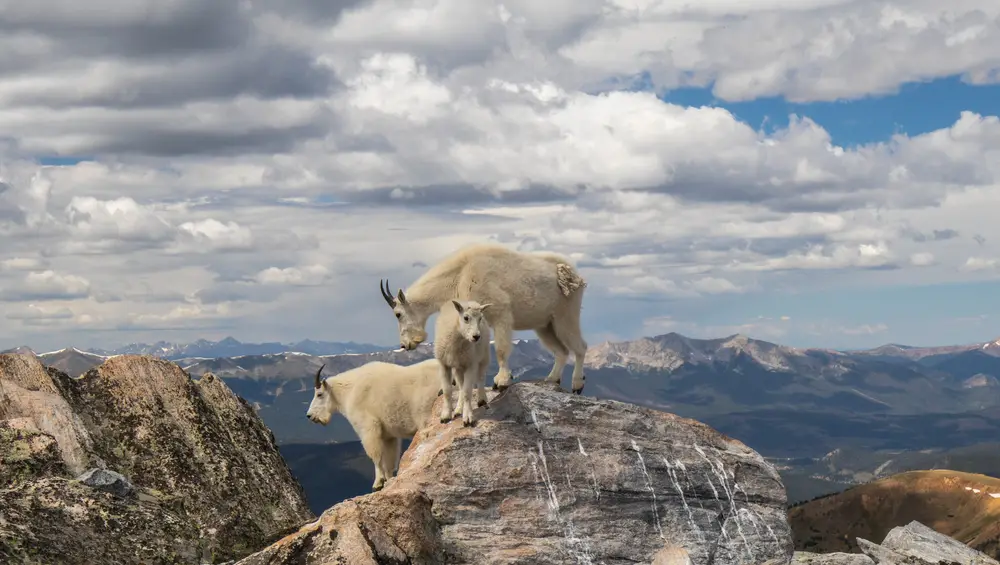
Mountain goats, well-adapted to cold alpine environments, are struggling as their habitats warm and shrink. Rising temperatures force these animals to move to higher altitudes, but they are running out of space as the snow line recedes. This displacement can increase competition for food and lead to higher mortality rates, particularly among young goats. The changing climate threatens not only their survival but also the delicate balance of alpine ecosystems.
The plight of mountain goats serves as a stark reminder of the impacts of climate change on high-altitude environments. As temperatures rise, the plant species these goats rely on may also shift, further stressing their populations. Conservation efforts are needed to protect these fragile ecosystems and maintain biodiversity. Understanding the connections between climate change and habitat loss is crucial for developing effective strategies to support species like mountain goats.
8. Frogs and the Spread of Deadly Fungus
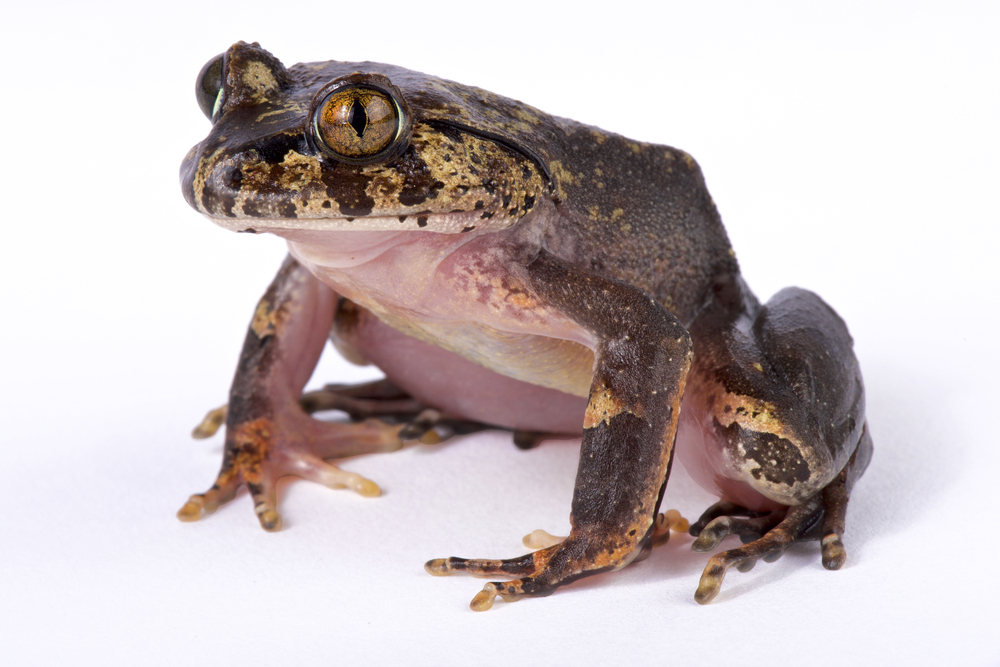
Frogs are facing a new threat linked to climate change: the spread of a deadly fungal disease known as chytridiomycosis. Warmer temperatures and altered rainfall patterns can create favorable conditions for this fungus, leading to devastating population declines. Frogs serve as important indicators of environmental health, and their loss can signal broader ecosystem issues. The spread of this fungus is a complex issue that requires coordinated efforts to manage and mitigate its impacts.
The decline in frog populations has far-reaching consequences, affecting both ecosystem dynamics and human health. Frogs help control insect populations, and their loss can lead to increases in vector-borne diseases like malaria. Conservation strategies must address both the direct threats posed by climate change and the indirect challenges of disease spread. Protecting frog populations is a critical step in maintaining ecological balance and safeguarding biodiversity.
9. Bees Struggling with Shifting Bloom Times
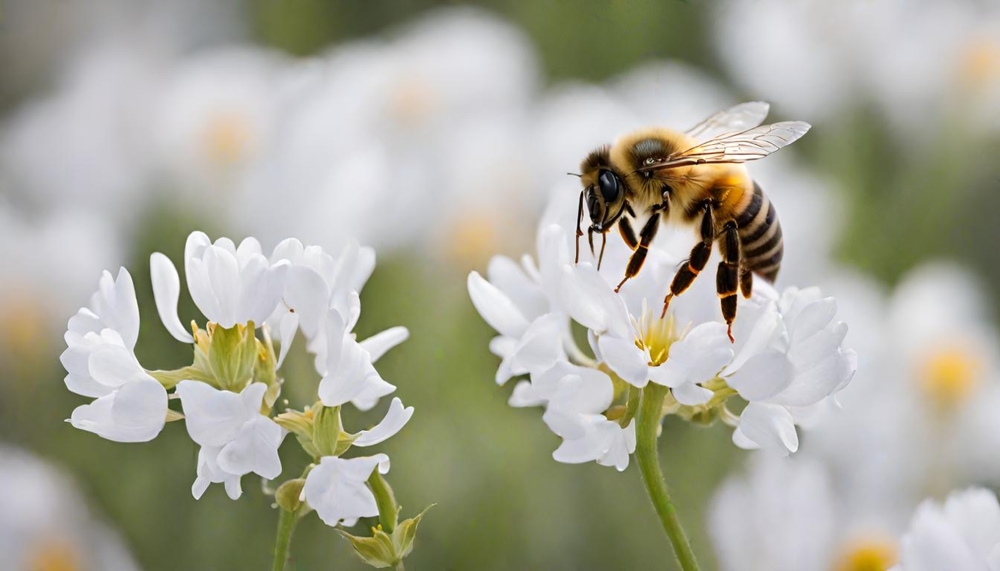
Bees, crucial pollinators for many crops and wild plants, are facing challenges as rising temperatures alter plant blooming periods. When flowers bloom earlier or later than usual, it can disrupt the timing of bee foraging, leading to reduced food availability and increased mortality. This mismatch can have significant impacts on bee colonies, affecting their ability to reproduce and survive. The decline in bee populations is a pressing concern for agriculture and food security worldwide.
The challenges faced by bees underscore the interconnectedness of climate change and agricultural systems. As pollinators, bees play a vital role in maintaining plant biodiversity and supporting food production. Efforts to mitigate climate change must consider the needs of these and other essential species. Supporting healthy bee populations is crucial for ensuring the resilience of ecosystems and the sustainability of human food systems.
10. Moose and the Peril of Tick Infestations
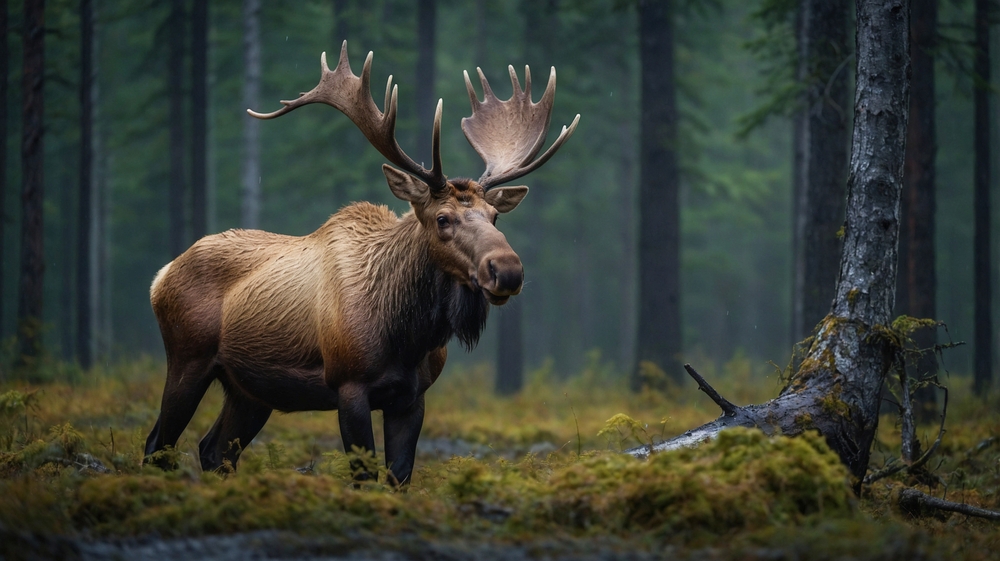
Moose populations are declining in some areas due to increasing tick infestations, exacerbated by warmer winters. Ticks can weaken moose by draining their blood and causing severe irritation, leading to higher mortality rates. Warmer temperatures allow tick populations to thrive and expand into new areas, putting additional pressure on already stressed moose populations. This issue highlights the complex interactions between climate change, disease vectors, and wildlife health.
The decline in moose populations has broader ecological implications, as they play a key role in shaping forest ecosystems. Their browsing habits influence plant diversity and structure, affecting other species within these habitats. Addressing the impacts of climate change on moose and other wildlife requires a comprehensive understanding of these complex relationships. Conservation efforts must focus on protecting habitats and managing disease vectors to support healthy wildlife populations.
11. Fish Populations Suffer from Ocean Acidification
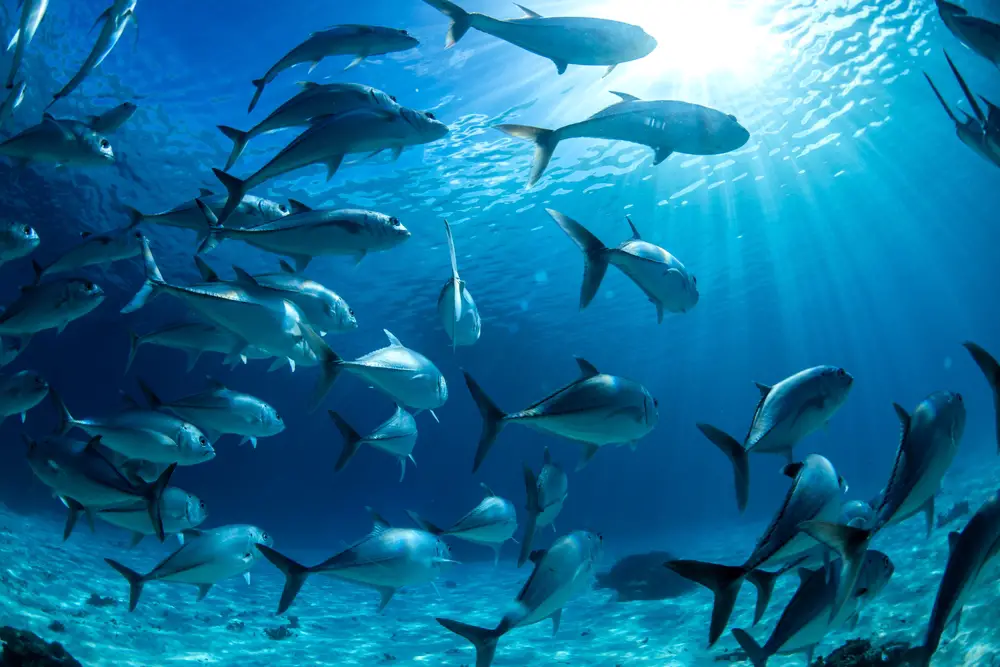
Rising global temperatures are causing oceans to absorb more carbon dioxide, leading to acidification that threatens marine life. Fish populations are particularly vulnerable, as acidification can affect their growth, reproduction, and survival. Changes in ocean chemistry can also disrupt food webs, impacting species that rely on fish as a primary food source. The decline in fish populations poses significant challenges for marine biodiversity and the communities that depend on fishing for their livelihoods.
The impacts of ocean acidification underscore the importance of addressing carbon emissions and other contributors to climate change. Protecting marine ecosystems requires coordinated efforts to reduce pollution and support sustainable fishing practices. The health of fish populations is a critical indicator of ocean health and a key factor in maintaining biodiversity. Efforts to mitigate climate change must prioritize the protection of marine environments and the species they support.
12. Elephants at Risk from Droughts and Heatwaves
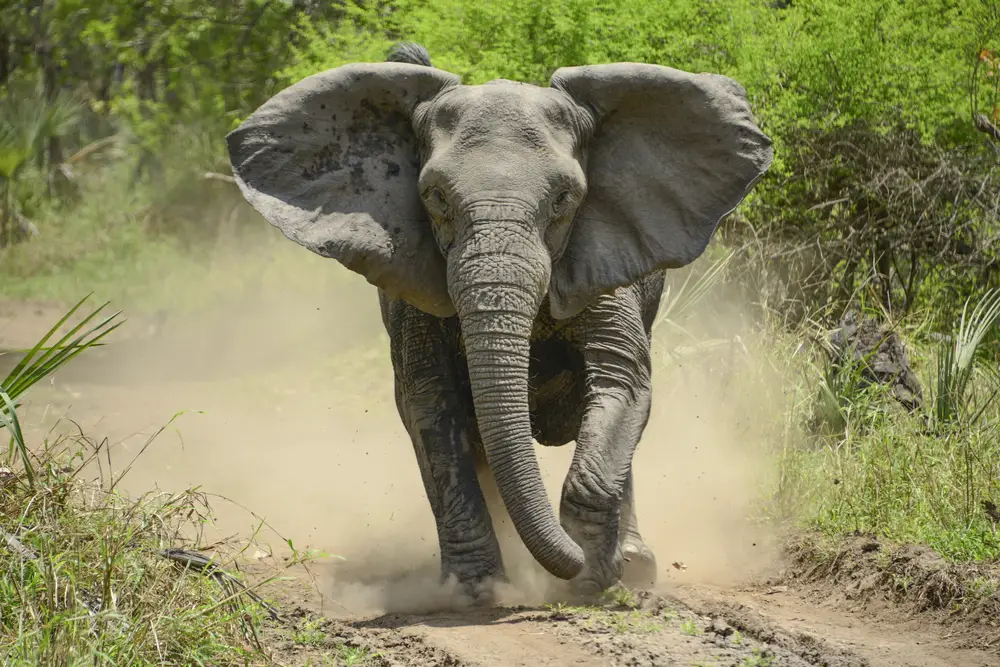
Elephants, known for their adaptability and resilience, are facing new threats from increasingly frequent droughts and heatwaves. These extreme weather events can lead to water and food shortages, putting pressure on elephant populations. Young calves are particularly vulnerable, as they require significant resources to survive and grow. The loss of elephants has significant ecological implications, as they play a crucial role in shaping their environments.
The challenges faced by elephants highlight the broader impacts of climate change on wildlife and ecosystems. As keystone species, elephants help maintain the balance of their habitats, influencing plant and animal communities. Efforts to conserve elephant populations must address the root causes of climate change and support sustainable land management practices. Protecting these majestic animals is essential for preserving biodiversity and ensuring the resilience of ecosystems.
13. Puffins Struggle with Changing Sea Temperatures
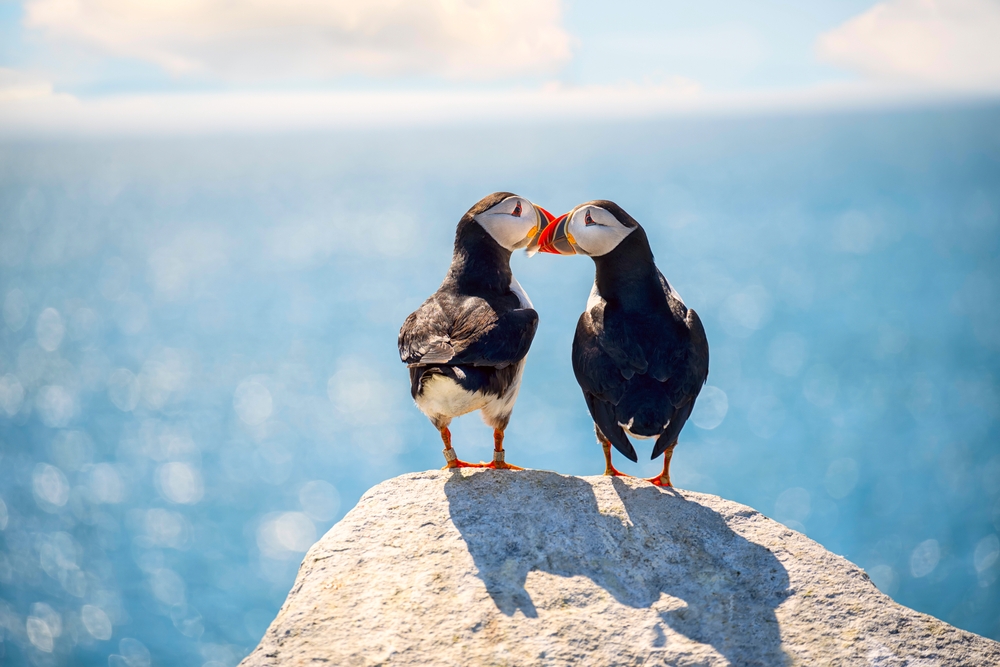
Puffins, beloved seabirds known for their striking appearance, are struggling with the effects of changing sea temperatures. Warmer waters can lead to shifts in fish populations, affecting the availability of food for puffins and their chicks. This can result in reduced breeding success and higher mortality rates, threatening the long-term survival of puffin colonies. The challenges faced by puffins illustrate the complex interactions between climate change, ocean ecosystems, and wildlife health.
The decline in puffin populations has broader implications for marine biodiversity and coastal ecosystems. As important predators, puffins help regulate fish populations and maintain ecological balance. Efforts to conserve puffins must address the impacts of climate change on marine environments and support sustainable fishing practices. Protecting these iconic seabirds is crucial for ensuring the health and resilience of ocean ecosystems.
